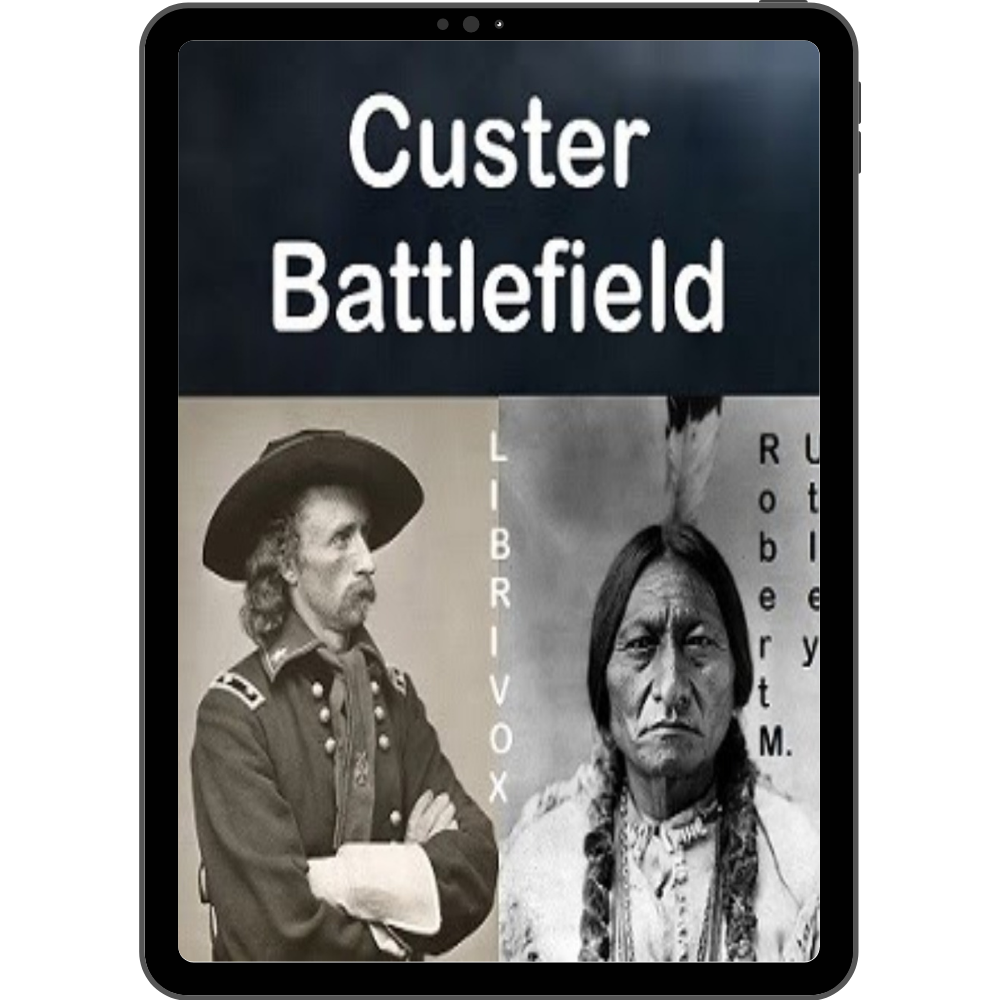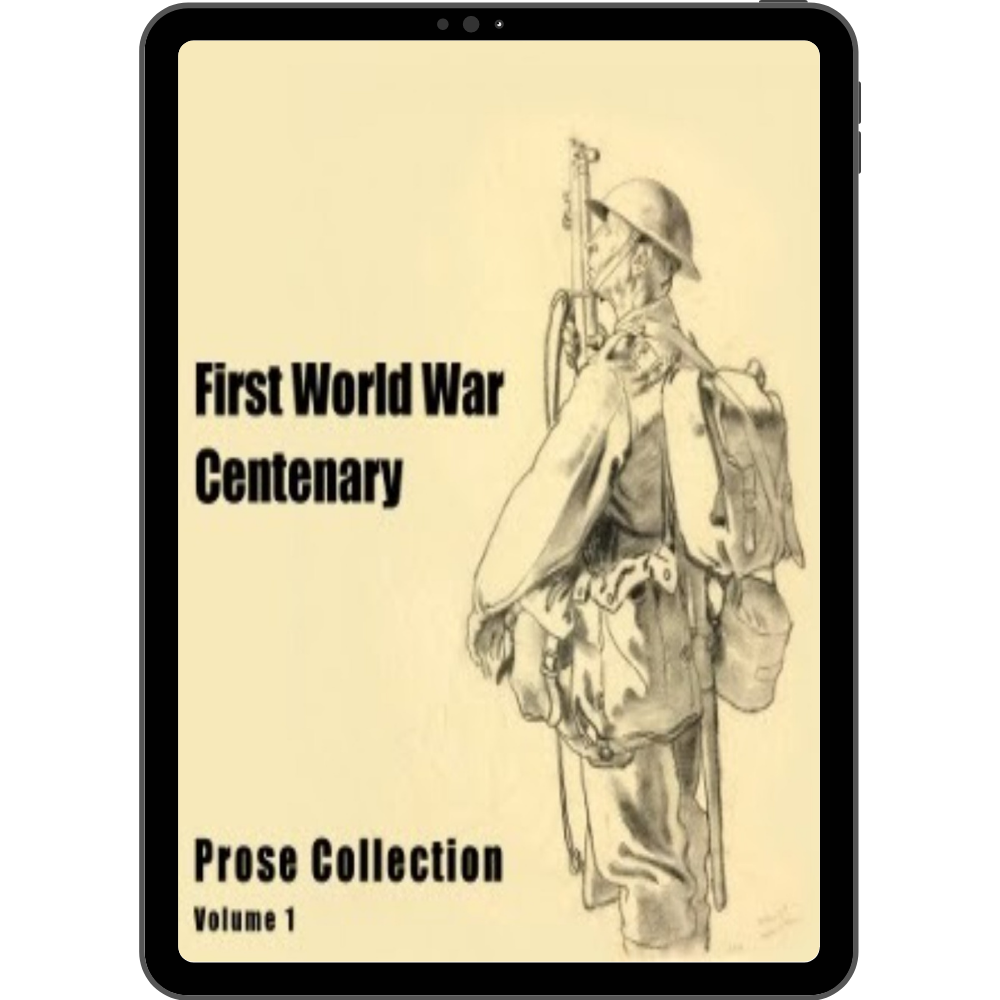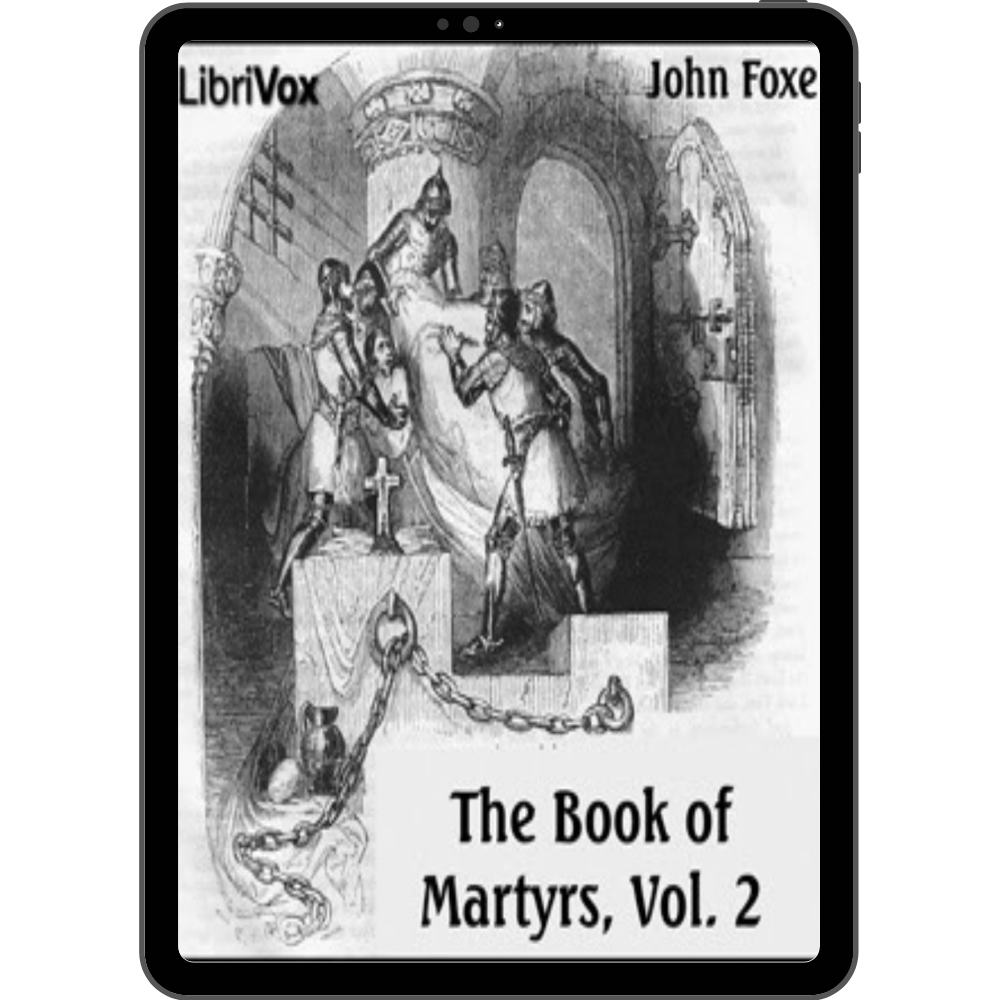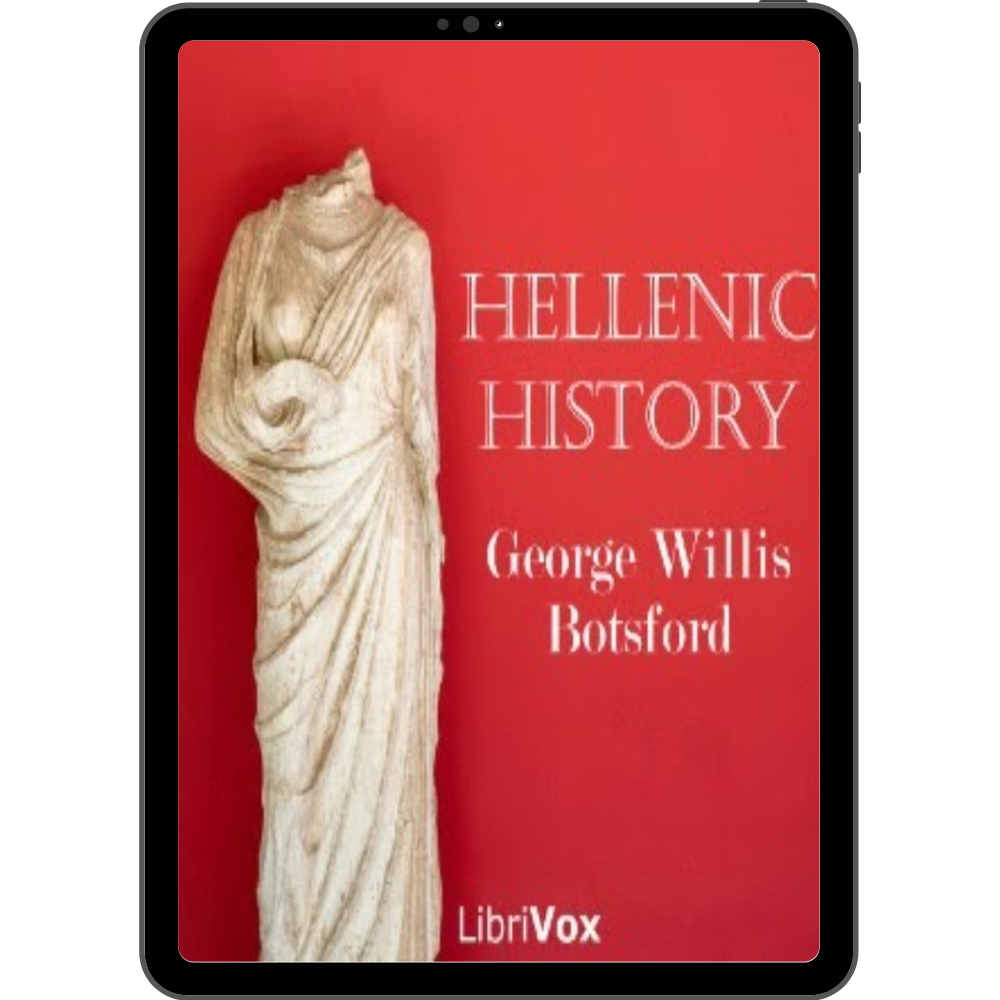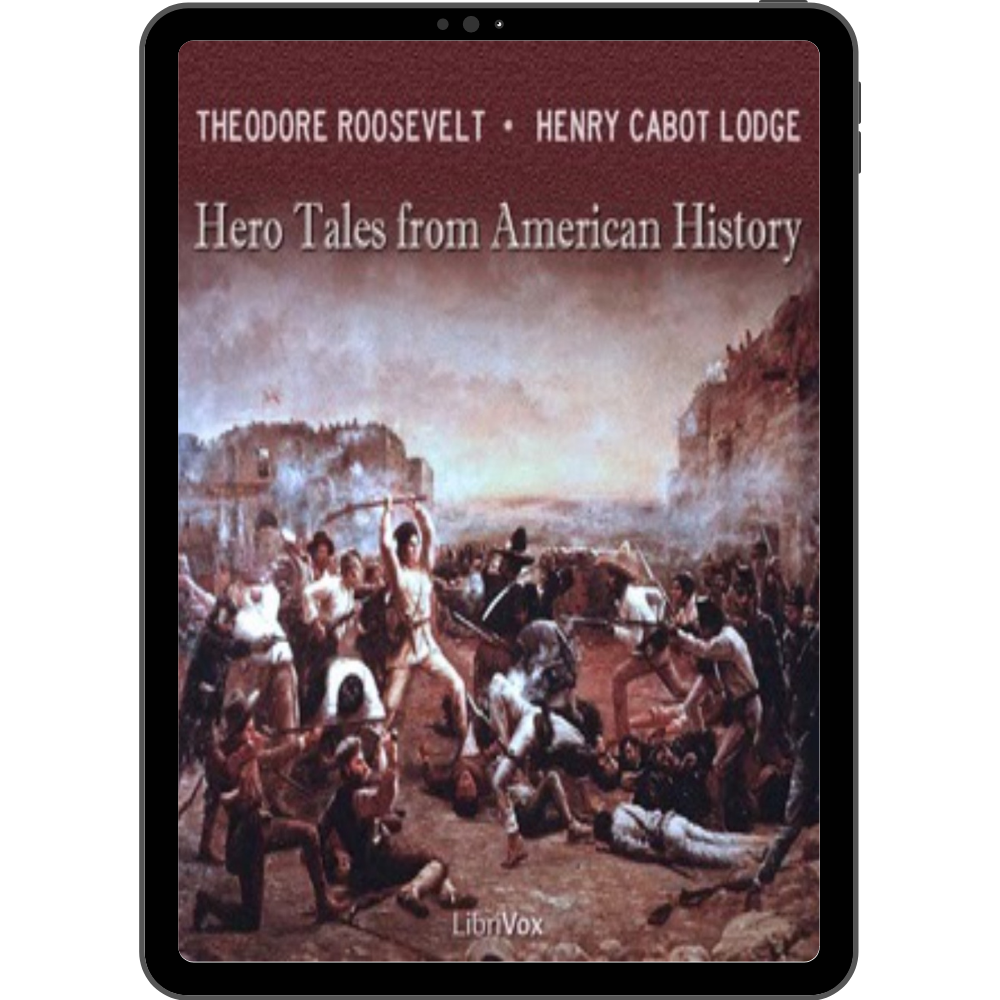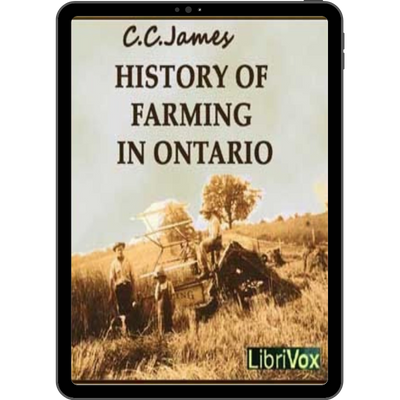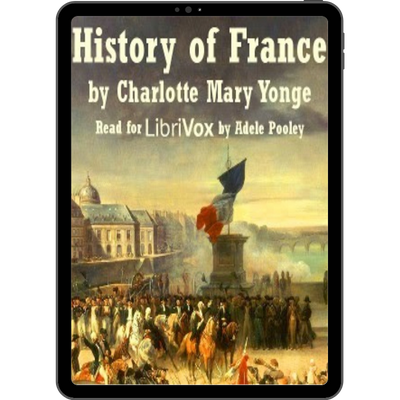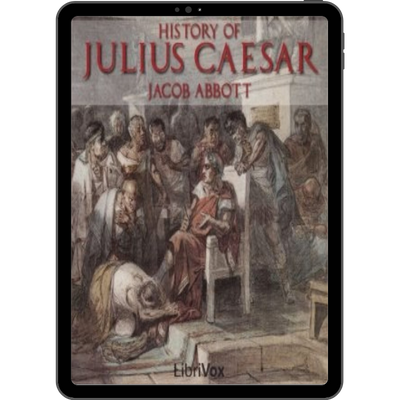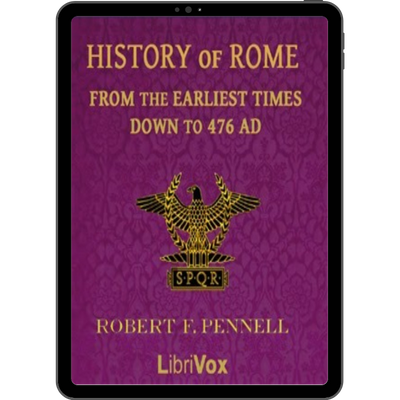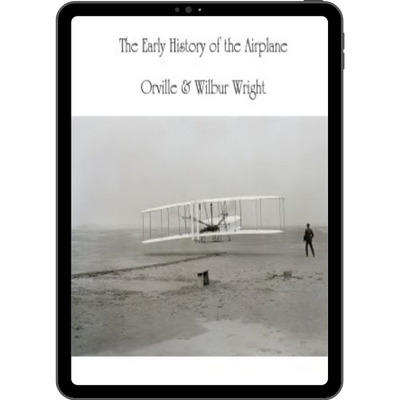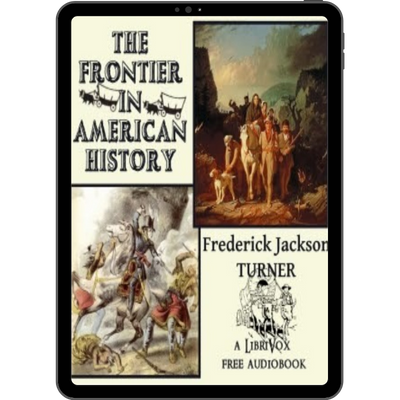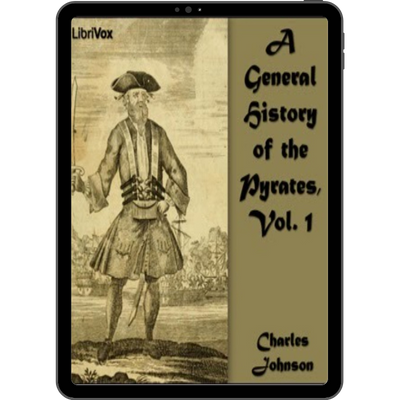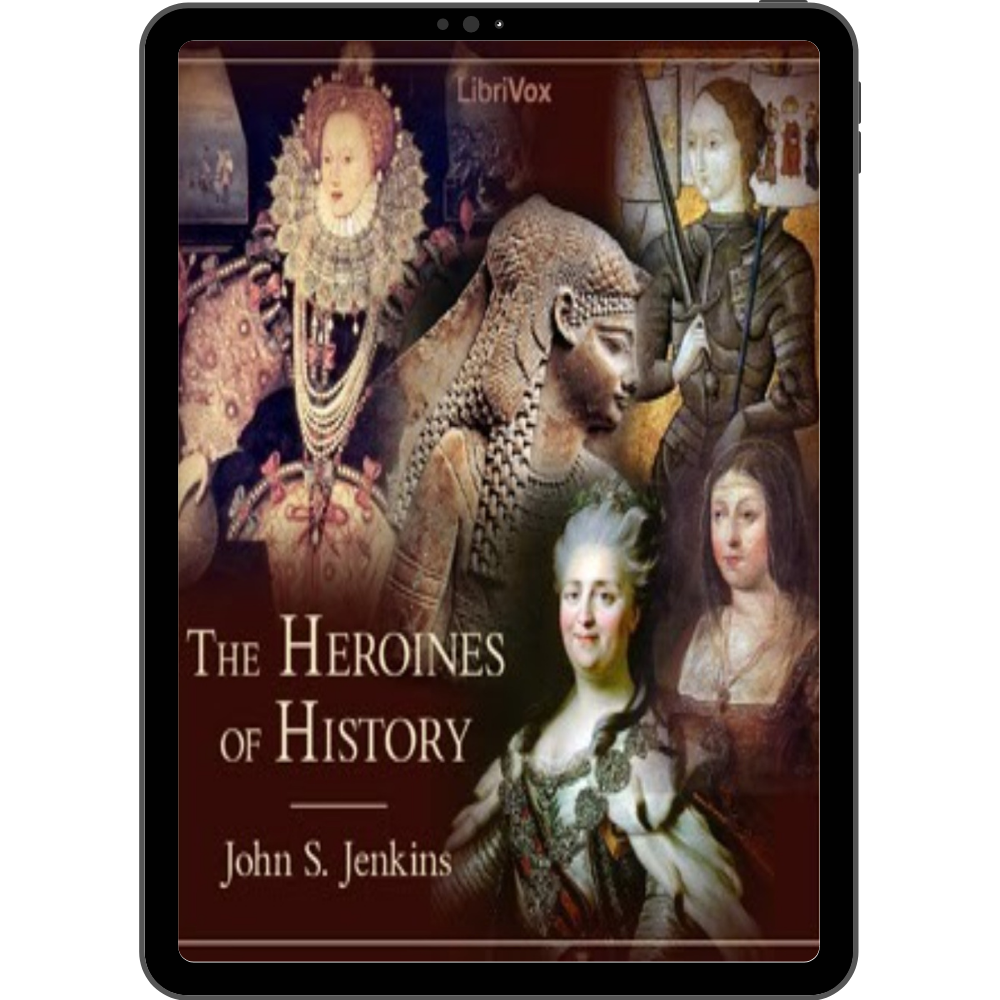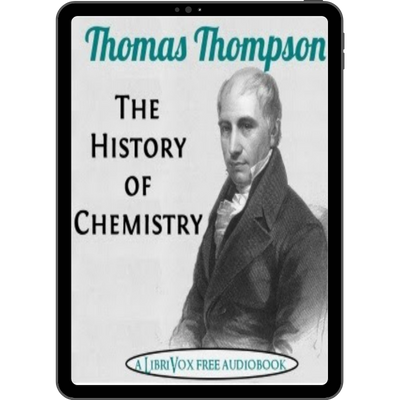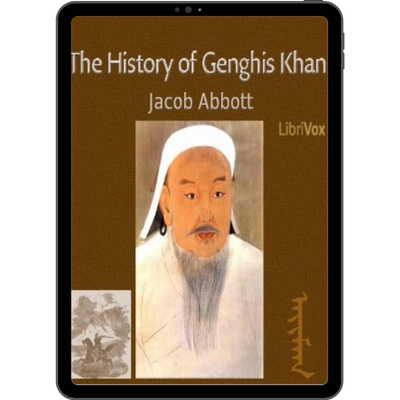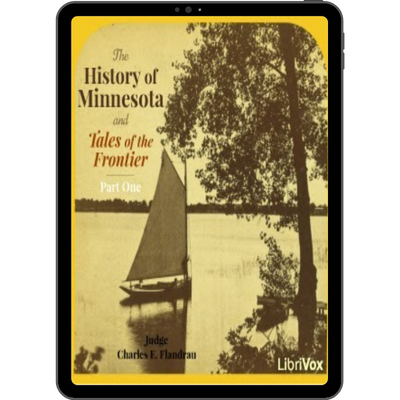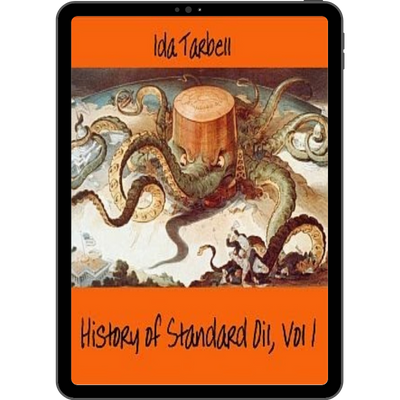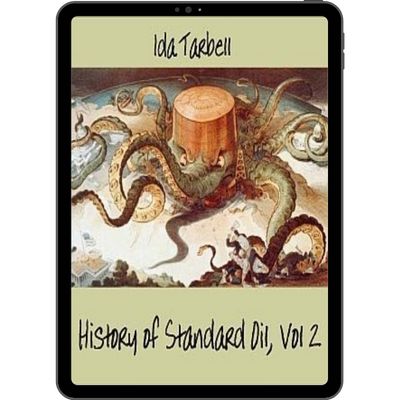history
This book is one of the earliest studies of Philippine history by an American scholar. In preparation for this book, the author conducted ethnological studies of indiginous island tribes after the American war in the Philippines. Since this book was intended for the Philippine reader, the author nicely places the history of the Islands into the broader context of European and American history.
Preface by W.S.B. Mathews: I have here endeavored to provide a readable account of the entire history of the art of music, within the compass of a single small volume, and to treat the luxuriant and many-sided later development with the particularity proportionate to its importance, and the greater interest appertaining to it from its proximity to the times of the reader.
The range of the work can be most easily estimated from the Table of Contents (pages 5-10).
"The purpose of this volume is to present in brief scope the evolution of Greek civilization a culture simple in its essential unity, although seemingly complex in its many and wide ramifications. In the conviction that the chief aim of history is to explain the present, the author has centered his attention on those phases of Greek life which have influenced to a marked degree the civilization of today." "In short this book represents an effort to combine political, economic, social and cultural history in one synthesis, "
The purpose of this book "is to tell in simple fashion the story of some Americans who showed that they knew how to live and how to die; who proved their truth by their endeavor; and who joined to the stern and manly qualities which are essential to the well-being of a masterful race the virtues of gentleness, of patriotism, and of lofty adherence to an ideal." (from the Introduction)
This work provides a history of the early political, social, and economic development of Australia and New Zealand. Since both British colonies became independent countries in the 1900s, this work does not relate those events. NOTE: As this work was written by Victorian-era Australian authors, the attitudes conveyed regarding indigenous peoples are of that period and may offend some listeners today.
SEDE
Avenida Joaquim Nabuco, 1286
Centro - Manaus - AM
CEP: 69020-030
Tel: (92) 3198-7100
UNIDADE MANAUARA
Avenida Mário Ipiranga, 1300
Adrianópolis - Manaus - AM
CEP: 69057-002
Tel: (92) 3198-7100
EDUCATION USA
Contatos:
Isa Akel: [email protected]
Soraya Moresi: [email protected]
Tel: (92) 3198-7119










Siga-nos nas redes sociais
© 2022 ICBEU Manaus - Todos os direitos reservados

















